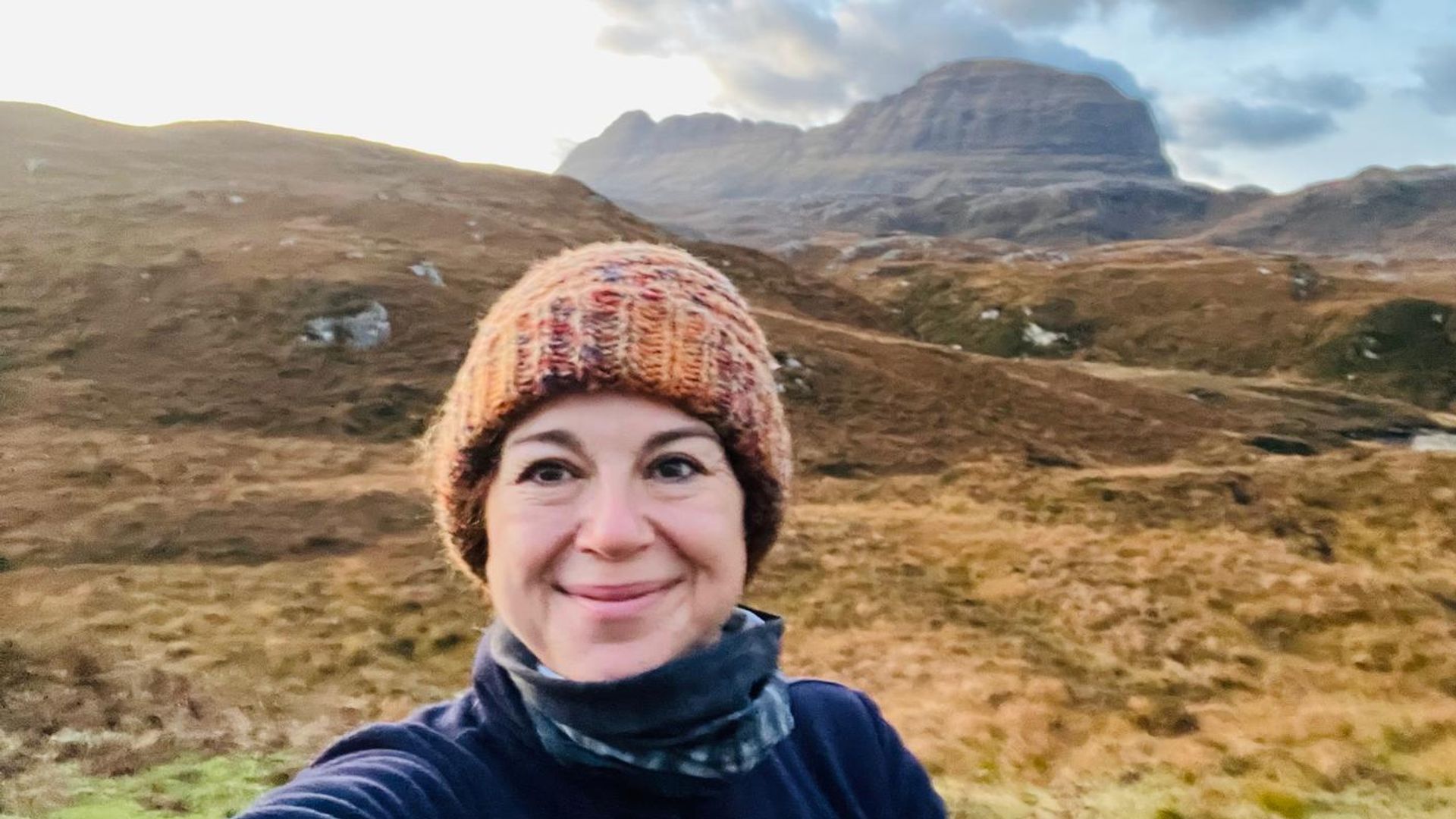
I know too much. It’s becoming a problem. Sometimes I miss being a birding beginner.
More people than ever are out birding these days. Many came to it later in life, and they regret not starting sooner. Well, I’m here to tell you, there’s a downside to starting young. Most of my astonished delight in finding a new bird is decades behind me.
Occasionally, on guided walks, new participants will confess that they are beginners. I’m here to tell you, it’s not something to apologize for. It’s something to celebrate. There are so many new wildlife encounters ahead, so many new discoveries, often as near as the backyard. There are new sounds to decipher, and bird behaviors to decode.
Picture this. I was leading a Maine Audubon bird walk at Leonard’s Mills in Bradley on Monday. Near the end of the walk, I heard a scarlet tanager, and managed to get nearly 40 people on it. There is no red in the natural world more spectacularly bright than a scarlet tanager. It is one of the most breathtaking birds in North America. But if I had been by myself, I probably would have just walked right on by, taking it too much for granted.
Some birds are so brilliantly hued that they get colorful names. Yes, bluebirds are blue, but have you seen the blue of an indigo bunting? It’s a color so rich that merely calling it a blue bunting would be insulting. In the south, there is a bird called a vermillion flycatcher, because just naming it a red flycatcher would not do it justice.
Nobody is ready for their first real look at a Baltimore oriole or Blackburnian warbler. The only thing in the world that is more orange than these birds is … well, an orange. Nobody ever gets tired of seeing the red of a northern cardinal. It was the stunning yellow of an American goldfinch that got me hooked on birds when I was just in the first grade.

Then, there are the elusive birds that don’t want to be seen. The American woodcock is so cryptically colored, it is practically invisible. Yet it comes out at night, engages in bizarre courtship rituals, and does a sky dance that draws crowds at dusk just to watch it. Wherever you are in Maine, this is happening somewhere nearby.
Winter wrens are considered the best singers in North America. This tiny bird has the longest, most melodious song on the continent. It is common throughout Maine, yet few people ever see it. Sometimes birding is akin to a treasure hunt. The more you do, the better you get, and the more treasures you find.
There are hundreds of bird species in Maine. For new birders, that seems like an overwhelming number. But nobody said you had to see them all right away. Let the discoveries trickle in. Cherish the search as much as the discovery. This very day, you can go out and find a new-to-you bird. I can’t.
The newer you are to birding, the more new birds there are to find, often right in your own neighborhood. From there, pick new habitats to explore. The habitat variety in Maine is unparalleled east of the Mississippi. There are forests and fields, mountains and valleys, freshwater ponds and saltwater marshes, and each habitat has a different set of birds to discover.
Exploration is easier in Maine than elsewhere, too. We have a national park, a national monument and several national wildlife refuges. We have state parks, state wildlife management areas and state public reserved lands. We have scores of land trusts and conservation areas. We have a DeLorme’s Maine Atlas full of walkable back roads. We have boat launches on nearly every lake, pond and wetland.
And we have birds. Lots of them. Some of them are pretty spectacular. You know, if blue jays were found only in Costa Rica, people would pay to go see them. They’re strikingly beautiful. Anywhere else, such a bright blue bird as this, adorned with white markings and black necklace, topped with a jaunty crest, would be on the cover of books. But they’re so common here that maybe we’re all just a little guilty of taking our own birds for granted.
Sure, I’ve become a pretty good birder in my golden years, but I didn’t start out that way. Nobody does. I’m here to tell you, new birders get to say “wow” much more often than old birders.










